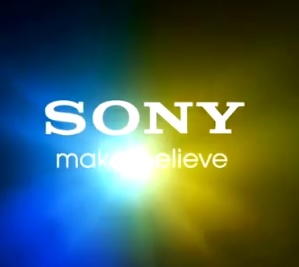New ad-blocking app replaces billboards in subway stations with art.
Called No Ad, the augmented reality app can change the advertisements that subway riders see on billboards to interesting pieces of artwork, and all the mobile user has to do to make this happen is launch the app, hold up their mobile device, and point the camera at an ad and watch as the poster for the movie, soft drink, etc. is replaced by digital static or animated artwork.
The app is free and works on iOS and Android smartphones and tablets.
No Ad comes from Re+Public, a creative collaboration of artists. The AR app was created by Jordan Seiler, The Heavy Projects and Jowy Romano. So far, the app has collaborated with 50 artists and the plan is to grow this number with new partnerships, such as an upcoming partnership with the International Center of Photography, which will provide photographs from its collection. The intention is to display new art on a monthly basis.
According to American Photo Magazine, Artists like COST and Keith Haring “sought to take control over and diversify the imagery with which upwards of 5 million commuters were bombarded on a daily basis.” Essentially, the augmented reality art project gives subway riders something else to look at instead of the same ads everyday.
 Furthermore, although the app has been designed for mobile devices, its creators “envision a future where users passively experience AR without cumbersome handheld devices, and instead simply use heads-up displays to experience an augmented public space hands free.”
Furthermore, although the app has been designed for mobile devices, its creators “envision a future where users passively experience AR without cumbersome handheld devices, and instead simply use heads-up displays to experience an augmented public space hands free.”
The augmented reality app will not work on every ad.
There are certain circumstances in which the app will not work. For starters, it will not work if the advertisement has not been catalogued in the application’s system. Some other examples of when it won’t work are if the ad has been altered in some way, there is graffiti on it or there is one dominant advertiser.
Currently, the augmented reality app only works on the one-hundred most popular subway platform ads that are horizontally shaped, which are usually popular products, television shows and movies. In addition, at present, New York City is the only place where the No Ad application works.

 These AR technology devices are meant to be just as versatile as Google Glass, while rising above those rival products in a number of ways. While the prototype for the SmartEyeglass is somewhat awkward in appearance, it is heavily equipped with a range of different sensors, such as an electronic compass, a gyroscope, an accelerometer, an ambient light censor, and a 3 megapixel camera. It is also wired to an external battery pack that is equipped with a microphone and added touch sensor.
These AR technology devices are meant to be just as versatile as Google Glass, while rising above those rival products in a number of ways. While the prototype for the SmartEyeglass is somewhat awkward in appearance, it is heavily equipped with a range of different sensors, such as an electronic compass, a gyroscope, an accelerometer, an ambient light censor, and a 3 megapixel camera. It is also wired to an external battery pack that is equipped with a microphone and added touch sensor.